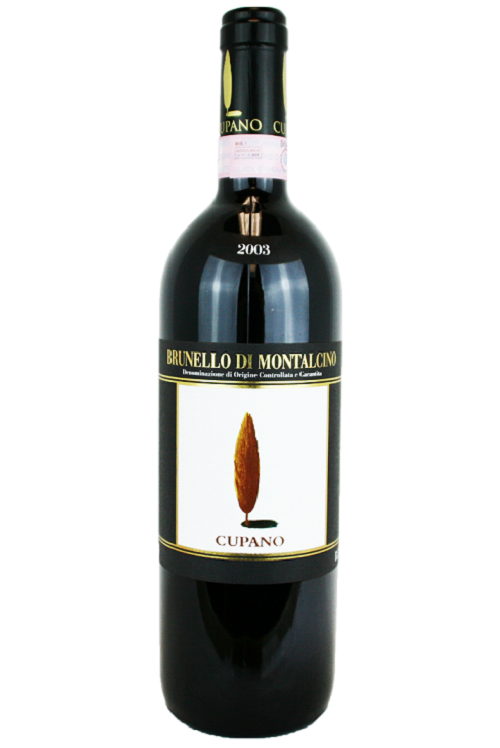What is a “Noble Grape Variety?” Are all the others ignoble?
Depending on where you get your information, there are numerous opinions as to what the noble grape varieties are. The simplest rates Chardonnay and Riesling for whites and Cabernet Sauvignon and Pinot Noir for reds. The one I hear most often includes these four but adds Chenin Blanc, Sauvignon Blanc and Semillon for whites, and Merlot and Syrah for reds, for a total of nine. In and of itself, the classification of grape varieties as noble is not of abiding importance. Great wines are made all over the world from other grape varieties.
So what do we mean when we use the term? The generally accepted attributes of the noble varieties are as follows:
- They are capable of being made into excellent wine
- They demonstrate their distinctive varietal character wherever they are planted in the world
- They are generally capable of moderate aging
- They retain varietal character with moderate aging
Even amongst noble varieties these characteristics vary. Chardonnay and Cabernet Sauvignon are capable of producing fine wine almost wherever planted. Riesling and Pinot Noir are less peripatetic, preferring cooler climates and more careful site selection. The noble varieties are essentially all French, Riesling is grown in Alsace too, and their fame harkens back to a time when France dominated the wine world to a greater extent than today. Because of the “nobility” of these grapes as enumerated above, they were selected by would-be growers, particularly in the new world, for importation and planting. This makes sense; start with what is already proven. This logical phenomenon was so widespread that the noble varieties also came to known as the “international grape varieties.” This was so ubiquitous for a while that there was concern these varieties would supplant traditional, autochthonous varieties in many vineyards. There were alarmist and exaggerated visions of supermarket shelves having two choices: Chardonnay for white and Cabernet Sauvignon for red! Fortunately, this did not come to pass and the interest in local and autochthonous varieties is greater than ever. There are regions of passionate winemakers protecting their heritage and making beautiful wines in the process. Their regions are benefiting as is the consuming public. This quest is ongoing, particularly in the old world.
Just because of its sheer size and importance, Italy has to be rated amongst the most important of these. Italy has twenty wine growing regions. Each region essentially has its signature grape and most regions have a different signature grape. None of these signature grapes, much to the chagrin of the Italians, are noble according to the above list! The Italians have around 350 authorized grape varieties and there are many more planted. Just to mention a few:
- Piedmont has Nebbiolo and Barbera for reds, and Arneis and Cortese for whites
- Friuli has Refosco for reds and arguably, Pinot Grigio, for whites
- Tuscany has Sangiovese for reds; largely or totally responsible for the famous wines of Chianti, Brunello di Montalcino and Vino Nobile di Montepulciano
- Campania has Aglianico for reds and Fiano di Avellino and Greco di Tufo for whites
- Siciliy has Nero d’Avola for reds amongst others and whites such as Inzolia, Catarrato and Carricante
- Sardinia has Cannonau (Grenache) for reds and Vermentino for whites
This is a very limited view but you get the idea!
Today I want to mention just one of these “ignoble” grapes; Sangiovese. The Sangiovese grape is the major grape of Tuscany. It is the largest component of the red wines of Chianti and Vino Nobile di Montepulciano. By law the clone Sangiovese Grosso must constitute 100% of Brunello di Montalcino. In my experience, Sangiovese does not meet the accepted properties for noble varieties; it has yet to make truly great wine in any quantity outside of Italy. But, I am a lover of Tuscan Sangiovese. Sangiovese is not an easy grape from which to coax perfection but in the right place, in the right vintage and in the hands of the right craftsman, Sangiovese can be sublime. I will go further; Sangiovese at its best is capable of a subtlety and complexity unrivaled by any other grape variety on the planet! Before the wrath of half the wine world comes down on my head for this statement, I have to admit that these examples while not rare are not in abundance. I will go even further; in the best terroirs, best vintages and in the hands of the most talented winemakers, pure Sangiovese wines are ethereal and the blended wines, even with the noble varieties of Cabernet Sauvignon and Merlot in the blend are rustic by comparison!
Want to try an Italian Tuscan Sangiovese on the best terroir made in the hand of the most talented winemaker?
Click on the bottle below.
Want to receive complimentary educational posts via email?
Please subscribe below.
Copyright © 2018 GreatWine2U.com. All rights reserved.


